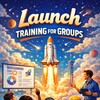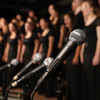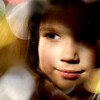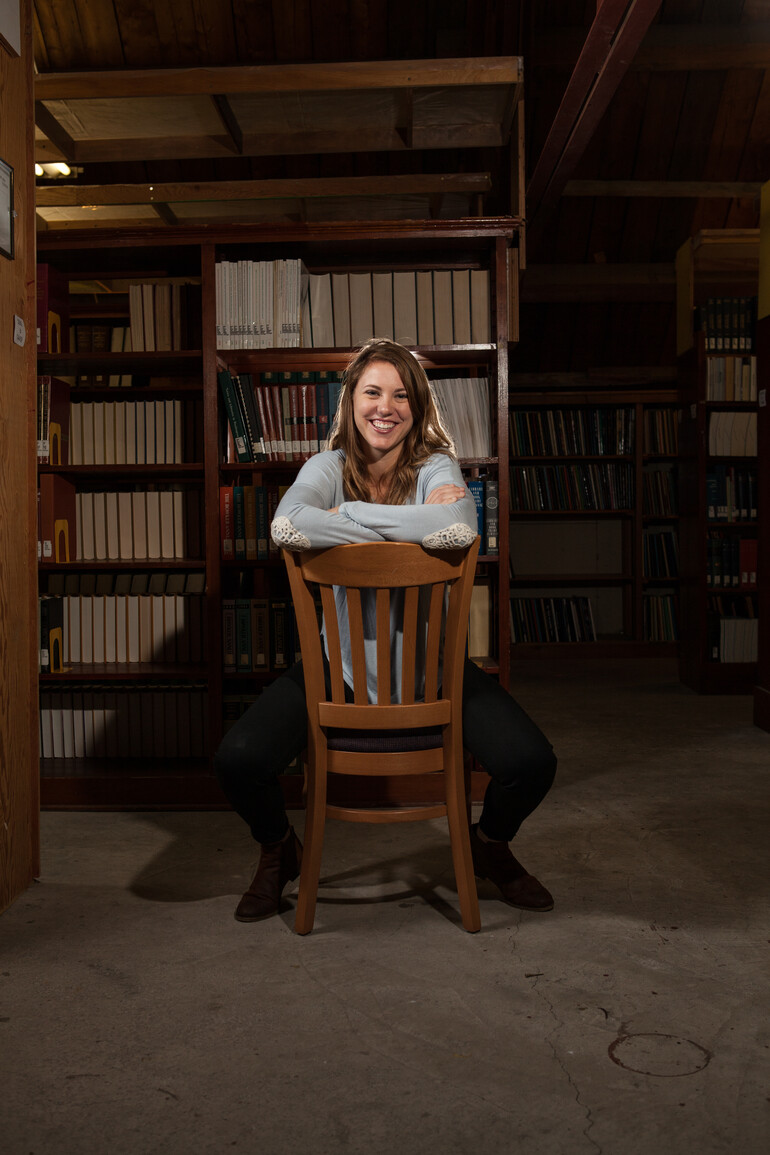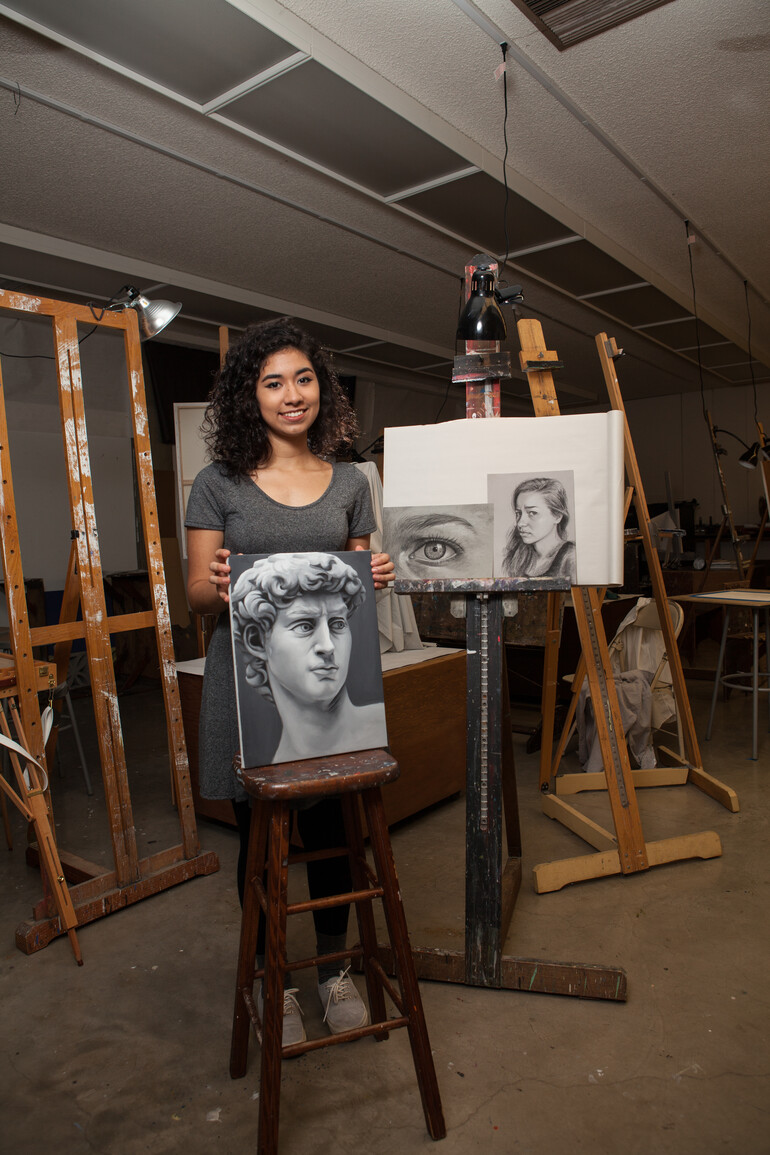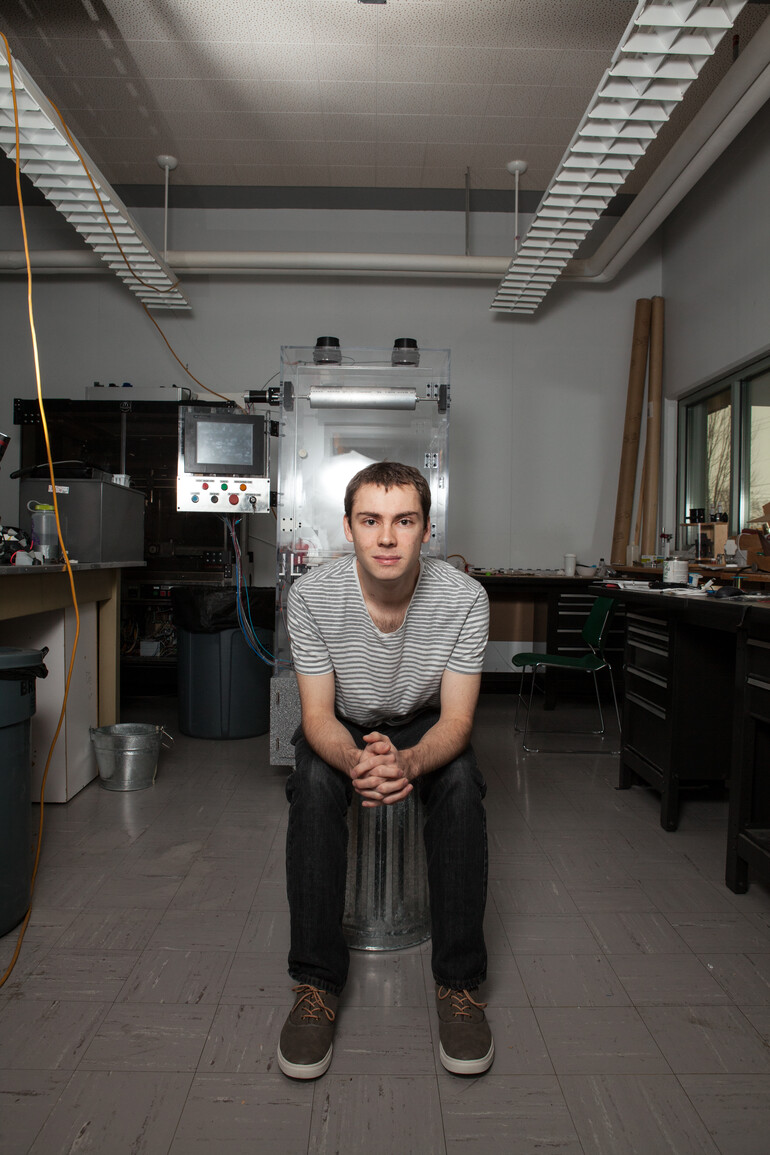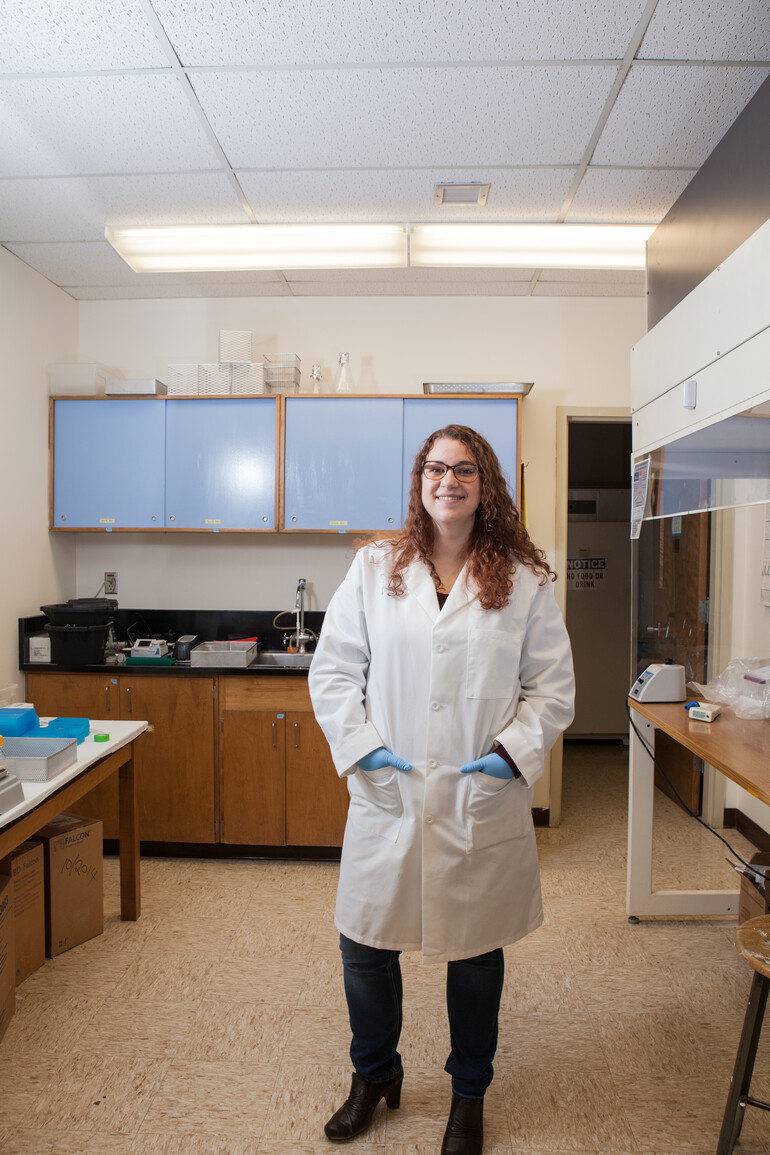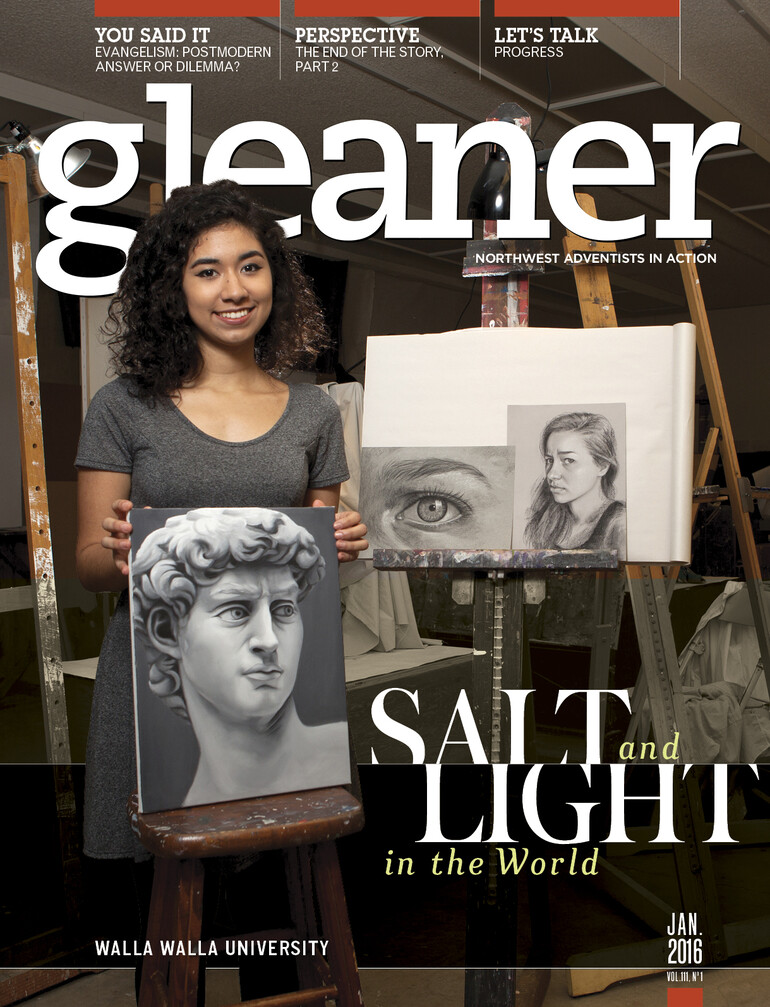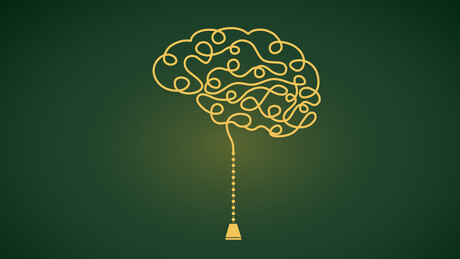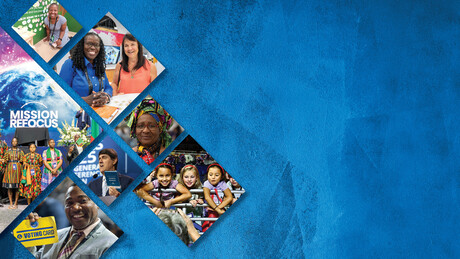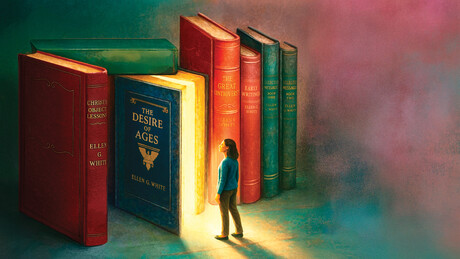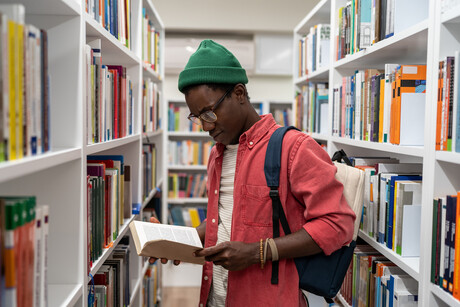They’re creative, perceptive, determined and smart. Meet four inspiring Walla Walla University students who are primed intellectually, socially, professionally and spiritually to rub shoulders with men and women in offices, labs and libraries spreading hope in a hurting world.
Cabinets of Curiosities
Jaci Shankel
Area of Study: majors in history and business, minor in Spanish
Hometown: Calimesa, California
During the scientific revolution, from the mid-16th century to the end of the 18th century, explains Jaci Shankel, cabinets of curiosities emerged as a way for explorers in Renaissance Europe to display items collected during their travels around the world.
“Cabinets of curiosities were the precursor to the modern museum,” says Shankel. “I’m studying one collector in particular, Hans Sloane. He was the secretary and president of the Royal Society of London, a scientific community that still exists. My project is focusing on how Sloane facilitated and enabled the collection and dissemination of information through Philosophical Transactions, the journal of the Royal Society.”
“My thesis revolves around how Sloane saw the primary role of the information he collected as providing information for the general public, for all people to understand and to think about long-held biases, such as inoculation against small pox, for example," explains Shankel.
Shankel finds the topic “completely fascinating” and one she plans to build her career around. She will graduate from Walla Walla University this spring and is looking into graduate school to study the history of science.
For senior projects such as Shankel’s, history majors write a 30- to 35-page paper on the topic they’ve studied and make a presentation during spring quarter for a department colloquium. Leading up to the final paper and presentation, students take two classes their junior year and three quarters of seminar class their senior year that help them sketch out their topic and look at other writings on the subject.
Through the process, Shankel says she has been learning “how to do efficient and effective research — not just reading the information available, but documenting and supporting the content. I’ve been learning how to find sources that support your argument and what to do when you find sources that don’t support your argument. I have learned an enormous amount as far as writing clearly and communicating clearly.”
Shankel has her eyes set on one day working for a museum. She says, “The value of higher education is not just learning a skill that will make you a valuable member of society, but that it will place you in the larger context of society. Being able to interact with different disciplines helps you know how to interact with all kinds of people.”
For the Love of Art
Valeria Merino
Area of Study: major in art
Hometown: Gresham, Oregon
“I don’t remember a time when I wasn’t interested in art,” says Valeria Merino. “Every kid draws and doodles, but I just kept doing it. I started out in college as an art major. There was no other option. … When I see people’s faces, I see shadows, light and colors, and I think about how I would draw that. … I want to make things. That makes me the happiest. And hopefully what I make will also be things that people like.”
Merino says one of the most important lessons she has learned while studying art at Walla Walla University is the importance of good planning. “You don’t always have to plan — sometimes with art it’s good to be spontaneous — but usually it’s good to do a lot of thumbnail sketches before you start working on a bigger piece. Then you can see any mistakes and correct them before you go on to finalize the piece.”
Merino has taken classes that include design, drawing, painting, sculpture, printmaking and the history of art. She also finds inspiration in general studies classes as well.
“A class that I’m taking now,” she says, “‘Issues of God and Faith’ from Dr. Dave Thomas, has given me ideas for my art and has influenced concepts that I have for art that I’m working on or hope to make. I jot down phrases and ideas from that class and then base paintings on that. It’s a really good class.”
Merino plans to go to graduate school and pursue a career in illustration. “I do understand that if I want this to be my career, I will have to be marketable and promote my work,” she says.
Her favorite media are painting and drawing. Right now she is working on charcoal drawings, pencil drawings and oil painting. She also creates digital art on a tablet. Some of the pieces she’s working on will be included in her senior art show, which will be on display for two weeks during spring quarter in the WWU Fine Arts Center art gallery.
“I love everything about art,” says Merino. “It can be a form of expression — an outlet. It can be political. It can make a statement. In every aspect of human life is art. That’s why I like it.”
A Vision for Vascular Grafts
Thomas Lemon
Area of Study: major in bioengineering
Hometown: Clarkston, Washington
“When I came to college, I was interested in working in prosthetics,” says Thomas Lemon. “I started learning about tissue engineering, and this project took off from there.”
When Lemon didn’t have the tool he needed (and neither did Home Depot) he started last summer to complete assembly of and to program an electrospinner machine. “The electrospinner creates fibers down to nanometers in diameter that are used to make scaffolds that human tissue can be grown on,” Lemon explains. (He is quick to credit 2015 graduate Michael Rafuse, who did the majority of the design work and assembly on the electrospinner.)
"I started working on the electrospinner because I needed it to create scaffolds for a project I wanted to work on. I was also motivated by the fact that there were others that needed the machine," says Lemon. One example is Janice McKenzie Radzikowski, WWU associate professor of biology, who is working to grow nerve tissue.
The electrospinner uses a polymer to make a mat of tiny fibers. That mat, or scaffold, mimics the human extracellular matrix and provides a 3-D structure for cells to grow on to form new tissue. And that, for Lemon, is where the real fun begins.
"The other project I want to work on is creating small-diameter vascular grafts," says Lemon. He envisions a day when engineered vascular grafts are perfected and routinely used in surgery instead of veins and arteries that must be harvested from one area of the body to be transplanted to another or taken from a donor. He will spend the rest of this year optimizing the electrospinner and starting the process of creating vascular grafts.
"There are already vascular grafts in use today, but the small-diameter vascular grafts that are available could use major improvement," says Lemon. "There is quite a bit of research done in this field already, and scientists are very close to clinical trials with much-improved vascular grafts."
Lemon says his work has stretched and developed his analytical and programming skills, his level of persistence and attention to detail, and his creativity.
"A project like this requires that you look up a lot of information on electronic components of the machinery and understand how they communicate with the computer," he says. "Many problems arise that do not have ready-made solutions, and those take a lot of persistence to figure out. You have to be versatile in your thought process and know how you can take the next best step.”
After graduating next spring, Lemon plans to spend a year working as a student missionary before heading to graduate school, where he will no doubt start the process of changing the world.
Think Like a Scientist
Tori Burghart
Area of Study: pre-med with a major in biology, minor in chemistry
Hometown: Bremerton, Washington
“If you would have told me when I was a freshman that I would be doing research on Dictyostelium proteins, I would have laughed. It just happened, and I’m really excited about it,” says Tori Burghart.
Burghart is working with David Lindsey, professor of biology, on research into how cells regulate the transition from being a single cell to a community of cells with specific functions. “We are studying one particular pathway in the process — the pathway that degrades certain proteins,” she says.
“With this type of lab work,” says Burghart, “you don’t know how it’s going to work. You have to look at why it worked. Did it work? If it didn’t work, why didn’t it work? Working in that complex manner is fun. It forces you to change how you think.”
Burghart spends 10 to 16 hours each week in the lab often using a fluorescent microscope. She tags proteins with molecules that fluoresce then tracks the behavior of those proteins.
“I’m making a contribution to answering the little questions that help answer the bigger questions,” she says. “If I can ask how this one tiny piece works, the next student will ask, ‘Okay, what about this piece?’”
Burghart will attend a biochemistry conference this spring and will have the opportunity to contribute the data she gathers to a scientific paper that will be presented at the conference. Coupled with her hands-on participation in research, she is learning to read research papers and to look at how the researchers put together the experiment and compiled the results.
“I’ve learned that it takes a lot of time and effort to contribute to the body of research,” says Burghart. “I’ve applied to Loma Linda University, and I hope to go there and study medicine. I will need to be able to look at a medical research paper and understand the methods and the type of experiment they used to arrive at the information they are presenting.
“My involvement in this research is helping me think like a scientist. It’s a different way of thinking than normal, everyday thinking and how you reason things through. I believe that thinking that way is going to be useful to me throughout my career. That’s why I’m excited to be doing research. Knowing how to think like a scientist is going to help me forever.”
